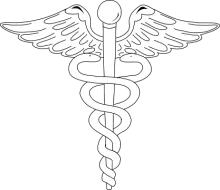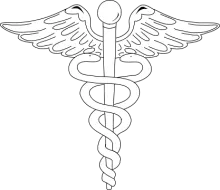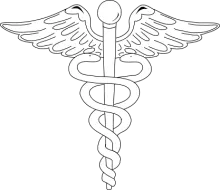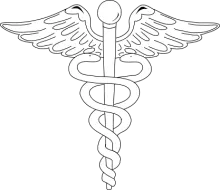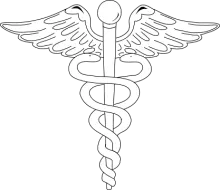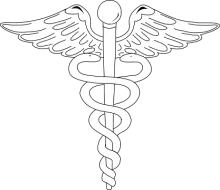Is the pain coming from your hip, spine or both?
Many patients live with low back pain that radiates to the buttock, groin, thigh, and even knees. The challenge for patients, and often their doctors, is determining the origin of the pain — the hip, the spine, or both. A new article published in the Journal of the American Academy of Orthopaedic Surgeons (JAAOS) outlines the identical symptoms associated with hip and spine pain and discusses the diagnostic steps and tests required to treat them appropriately.
